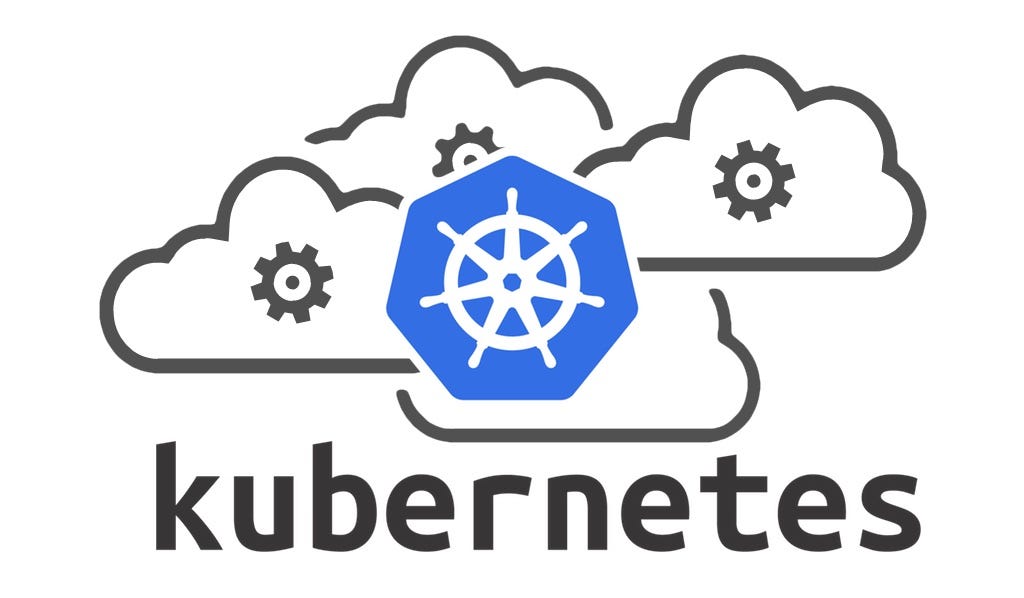Scaling New Heights with Kubernetes: Optimizing Container Orchestration
According to a report by Gartner, Kubernetes has become the de facto standard for container orchestration, with adoption rates increasing rapidly across a range of industries. As Kubernetes adoption grows, businesses develop new practices and strategies to optimize their platform use and achieve better outcomes. These include everything from new deployment models and security strategies to advanced automation and integration with other systems and tools. In addition, businesses are also exploring using Kubernetes for new use cases, such as edge computing and machine learning, as they seek to take advantage of the platform’s flexibility and scalability. As it continues to evolve, businesses that stay updated with the latest trends and practices will be better positioned to harness their full potential and achieve their goals.

Data Security in Kubernetes:
Besides the non-persistent data that lives inside running pods and log data stored on nodes, this does not store any data. Typically, the data generated and accessed by your clusters reside in an external storage system that communicates with ir via a storage plugin. To secure Kubernetes data, you should use the same best practices that you would use to secure data in any large-scale storage system. Wherever possible, encrypt data at rest. To limit who has access to data, use access control tools. Make sure the servers that manage your storage pools are appropriately secured. Back up your data to help protect yourself from data theft or ransomware attacks.
It does not provide special tools for securing the relatively small amounts of data that live natively inside Kubernetes pods and nodes. You can, however, protect it by using the best practices outlined above to protect your pods and nodes.
Kubernetes security at this moment:
Kubernetes includes several security features that make it a safe platform for running containerized applications. However, its rising popularity has attracted the attention of attackers, who have discovered new and creative ways to exploit its features for their gain.
One of the most severe security risks associated with it is the system’s complexity. It has many moving parts, making it difficult to secure. Another danger is that it is frequently used to run sensitive applications. These applications may be compromised if they are not adequately secured.
Organizations must strive to reduce complexity, and it aids in this effort. However, as with any solution, it has its attack surface. Managing the Kubernetes attack surface requires documented procedures that address all of the issues discussed in this article, possibly with varying degrees of severity depending on the associated risk. For more insightful blogs, visit auxin.io






